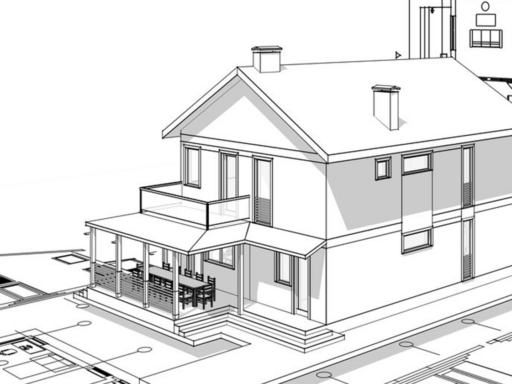What is a Integrated Project Delivery (IPD)?
Integrated Project Delivery (IPD) is an innovative approach to construction project management, uniting essential stakeholders responsible for design, fabrication, and construction within a unified contractual framework. This fosters continuous communication and collaboration across all project phases, leading to minimized waste, enhanced efficiency, strengthened team dynamics and improved project outcomes including financial gains.
With IPD, the focus is on maximizing value for the owner and creating a more streamlined and transparent process for all involved parties.
What are the Benefits of IPD?
Integrated Project Delivery (IPD) offers a range of benefits for all stakeholders involved in a construction project:
- Collaborative Approach is at the core of IPD, allowing all parties to work together from the outset.
- Enhanced Communication and Coordination, resulting in fewer errors and delays.
- Shared Risk and Reward, all team members are incentivized to work towards the project’s success, fostering a culture of accountability and teamwork.
- Streamlined Decision-Making, as all key players are involved in the process from the beginning.
- Cost Savings and Faster Project Delivery, meeting your needs for timely and cost-effective construction projects.
“Integrated Project Delivery (IPD) is not just a method; it’s a philosophy that unites diverse talents towards a common goal. By fostering collaboration, communication, and shared accountability, IPD transforms construction projects into seamless journeys of innovation, efficiency, and success.” – Josefina S., Architect
Building Information Modeling (BIM) within Integrated Project Delivery (IPD)
Utilizing Building Information Modeling (BIM) software within IPD revolutionizes collaborative project planning by providing a shared digital environment for all stakeholders. This facilitates real-time coordination among architects, engineers and contractors, leading to enhanced communication and decreased errors. With BIM, the project can be visualized in 3D, offering a comprehensive understanding of the design and construction process.
IPD necessitates robust collaboration and communication among all project participants. BIM serves as a centralized platform for sharing project information, enabling seamless integration of data and workflows. As purchasers seek a construction approach that fosters collaboration and minimizes conflicts, BIM emerges as the ideal solution, supporting heightened levels of coordination and teamwork throughout the project lifecycle.






